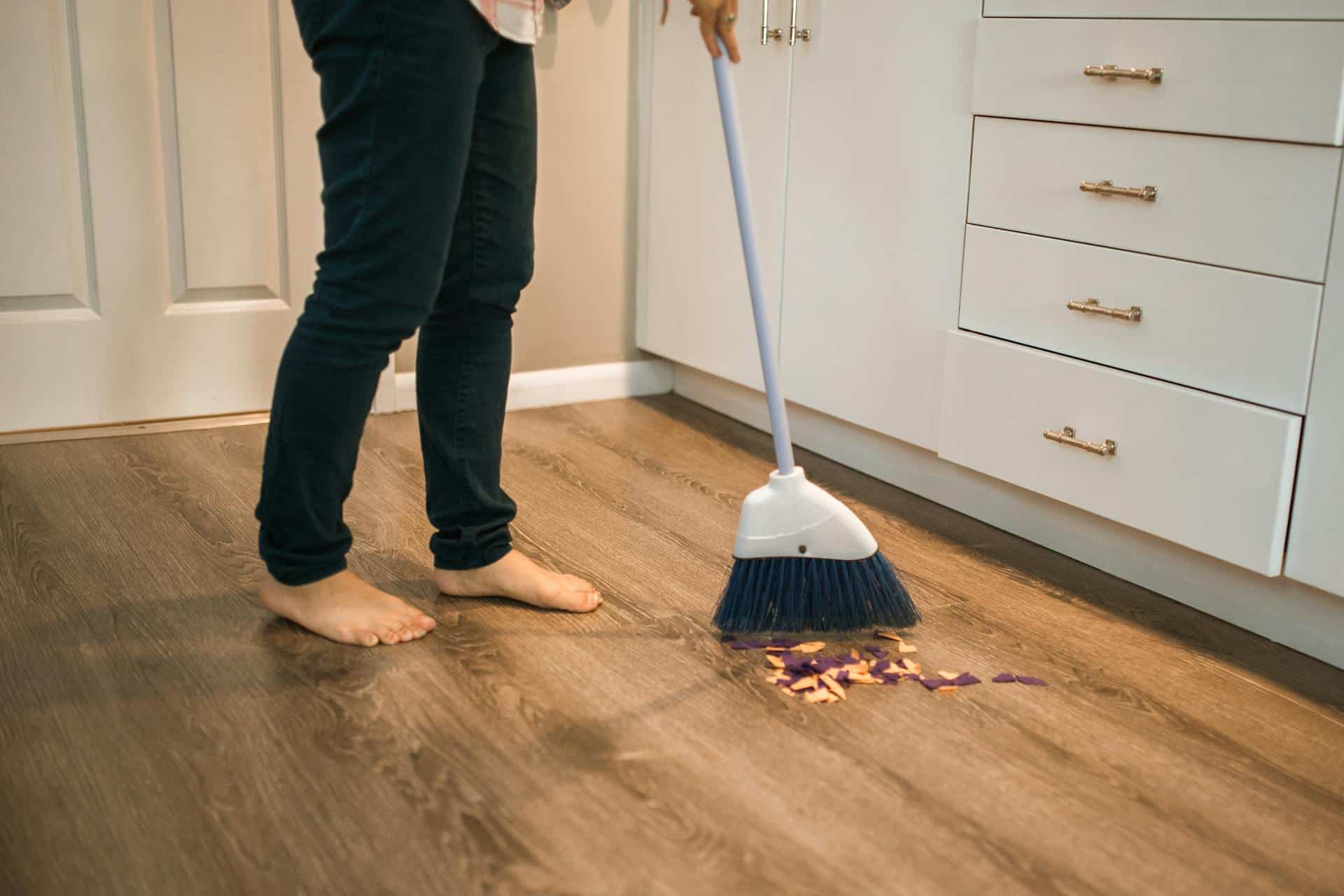
Question: What is the Easiest Kitchen Floor to Maintain?
Answer: The easiest kitchen floor to maintain is generally considered to be luxury vinyl plank (LVP) or sheet vinyl. They’re waterproof, durable, and require only simple sweeping and occasional mopping.
Easy Kitchen Flooring Options
Maintaining a beautiful and functional kitchen doesn’t have to be a constant struggle. Choosing the right flooring material can significantly simplify cleaning and minimize upkeep, allowing you to enjoy your space without the burden of endless maintenance. This guide explores various easy-to-maintain kitchen flooring options, offering a balanced perspective on their durability, aesthetics, and cleaning requirements. We’ll help you find a floor that seamlessly blends style and practicality, ensuring your kitchen remains a welcoming and low-maintenance haven.
Vinyl Flooring: Affordable and Resilient
Vinyl flooring offers a practical and budget-friendly solution for busy kitchens. Its waterproof nature resists spills and stains, making cleanup easy with a simple mop or sweep. Vinyl comes in various styles, mimicking the look of more expensive materials like wood or stone.
Sheet Vinyl:
Seamless and water-resistant, sheet vinyl prevents spills from seeping underneath, ideal for active families.Luxury Vinyl Plank (LVP) and Tile (LVT):
These offer increased durability and a more realistic appearance compared to traditional sheet vinyl, clicking together for easy installation and offering water resistance.
Regular sweeping removes crumbs and debris, while occasional damp mopping with a mild cleaner maintains shine. Avoid harsh chemicals that can damage the vinyl’s surface.
Click here for more information on kitchen cabinet refacing Toronto
Related Article: What is the Easiest Flooring to Put in a Kitchen?
Laminate Flooring: Style and Simplicity
Laminate flooring provides a stylish, affordable alternative to hardwood. Its durable surface resists scratches and stains. Cleaning laminate floors requires regular sweeping and damp mopping. Avoid excessive water, as it can damage the core layer.
Water-Resistant Laminate:
Newer laminate options offer better moisture protection, increasing their suitability for kitchens.Traditional Laminate:
While less water-resistant, traditional laminate offers affordable style and relatively easy maintenance with proper care.
Standing water can damage laminate, so clean spills promptly. Use a damp mop, not a soaking wet one, for routine cleaning.
Natural Stone: Elegant and Effortless
Natural stone like slate or granite adds an elegant touch to any kitchen. While durable, stone requires sealing to prevent staining. Regular sealing protects against spills and simplifies cleanup. Cleaning involves sweeping or vacuuming and occasional damp mopping with a pH-neutral cleaner.
Granite:
Highly durable and resistant to scratches, granite requires sealing to prevent stains.Slate:
Naturally water-resistant, slate provides a unique, textured look and requires regular sealing for optimal stain protection.
Avoid acidic cleaners, which can etch the stone. Promptly wipe up spills to prevent potential staining, especially with porous stones.
Linoleum: Sustainable and Simple
Linoleum, a natural flooring material, offers durability and easy maintenance. Its smooth surface resists dirt and stains. Regular sweeping and occasional mopping with a linoleum-specific cleaner keep it looking its best. Linoleum is naturally antimicrobial, making it a healthy choice for kitchens.
Modern Linoleum:
Offers improved durability and comes in various colors and patterns.Traditional Linoleum:
While less resistant to staining, traditional linoleum still provides a sustainable and easy-to-clean option.
Avoid harsh chemicals, which can strip the linoleum’s protective finish. Use a pH-neutral cleaner for regular cleaning.
Engineered Hardwood: Beauty and Practicality
Engineered hardwood combines the beauty of real wood with enhanced moisture resistance. Its layered construction makes it more stable than solid hardwood, reducing the risk of warping from spills. Regular sweeping and damp mopping keep engineered hardwood clean. Avoid standing water, as it can damage the wood.
Water-Resistant Engineered Hardwood:
Offers better protection against spills and moisture compared to traditional options.Traditional Engineered Hardwood:
Provides a classic wood look with good durability, but requires prompt cleanup of spills.
Use a wood floor cleaner specifically designed for engineered hardwood to maintain its finish and prevent damage.
Conclusion
Choosing the easiest kitchen floor to maintain depends on your lifestyle and budget. Vinyl, tile, and laminate offer excellent durability and simple cleaning routines. Natural stone and engineered hardwood add elegance but require specific care. Linoleum provides a sustainable and easy-to-clean option. Consider your needs and preferences to find the perfect kitchen flooring for your home. What is the easiest kitchen floor to maintain? The answer varies, but with the right choice, you can enjoy a beautiful and easy-to-clean kitchen for years to come. [ 1 ]
References
1. https://www.lxhausys.com/us/blog/the-most-durable-7-options-for-kitchen-flooring/

Blue Malue Get in touch with Blue here.
